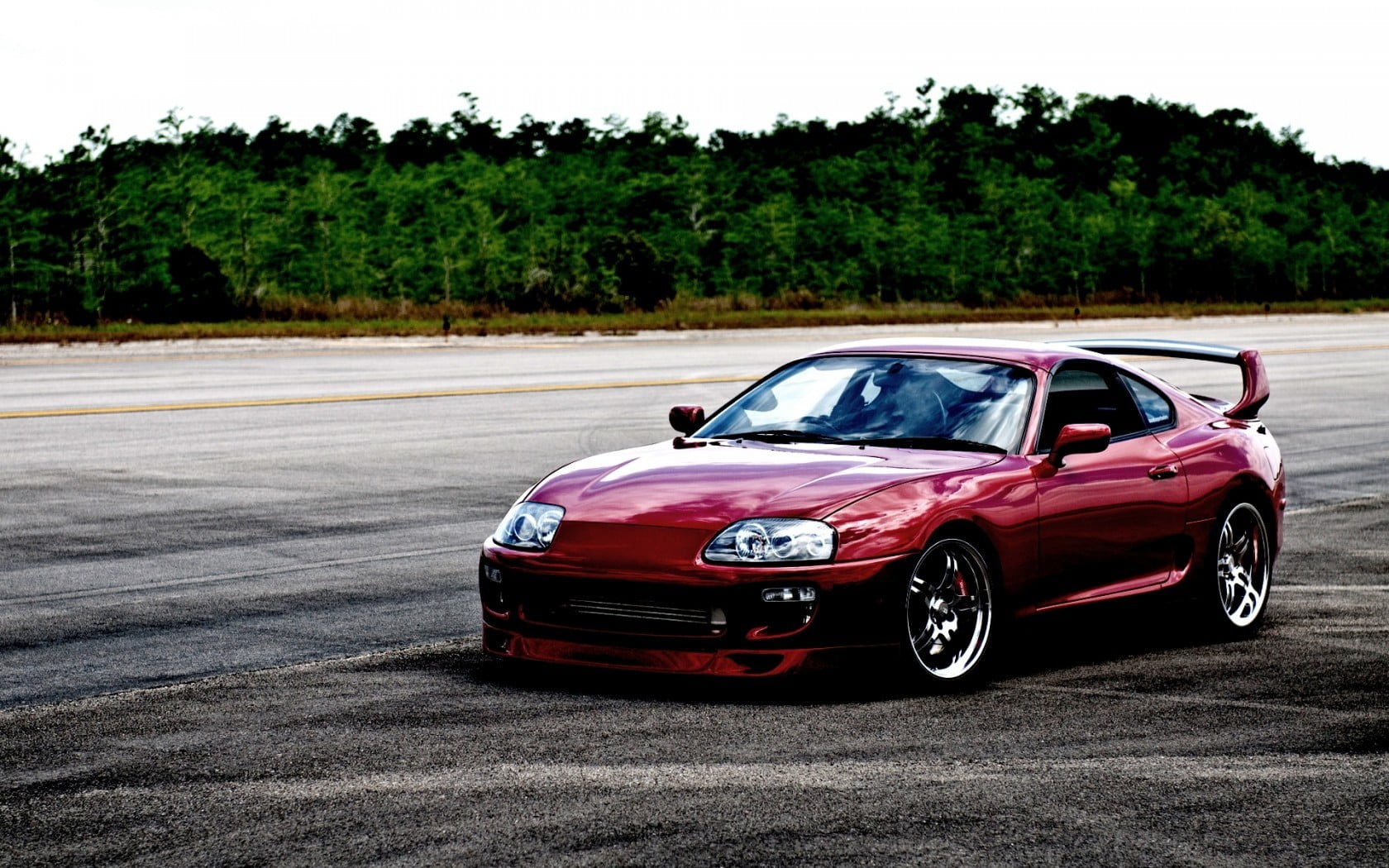
Nissan had the 300ZX, Mazda had the RX-7 and the Miata, Honda had the NSX, and Toyota had the Supra. This was the time when every Japanese brand released their grail cars. The ever-so-iconic A80 was the peak of Toyota’s JDM empire, as the Japanese car industry experienced a massive boom throughout the late 80s and the early 90s. The car that would win everyone’s hearts with its distinct curvy shape and powerful gearbox is the fourth generation Supra. Identified by its chassis code A40, the original Supra was created to compete in a Datsun (Nissan) Z-car ruled world. There were optional power windows and power door locks, as well as optional cruise control and sunroof. The design prioritized efficiency and reliability over luxury, but that didn’t mean that the Supra was sold bare. The interior of the original Supra, although not revolutionary, screamed Japanese engineering.


Supra jdm manual#
Both engine options came mated to either a five-speed manual or a four-speed auto, and both transmissions featured an “overdrive” gear, allowing the car to cruise while lowering the RPM, allowing it to have better fuel consumption.

The latter variant is the same model that would be exported outside Japan. It was offered with two engine variants: a 2.0 liter 12-valve Inline-6 engine that made 123 hp, or a slightly less powerful 2.6 liter 12-valve Inline-6 that made around 110 hp. The first-generation Supra was heavily based on the Celica hatchback, but modified slightly to accommodate a different engine. The Toyota Supra began in 1978, but back then, it was marketed as the Celica XX.


 0 kommentar(er)
0 kommentar(er)
